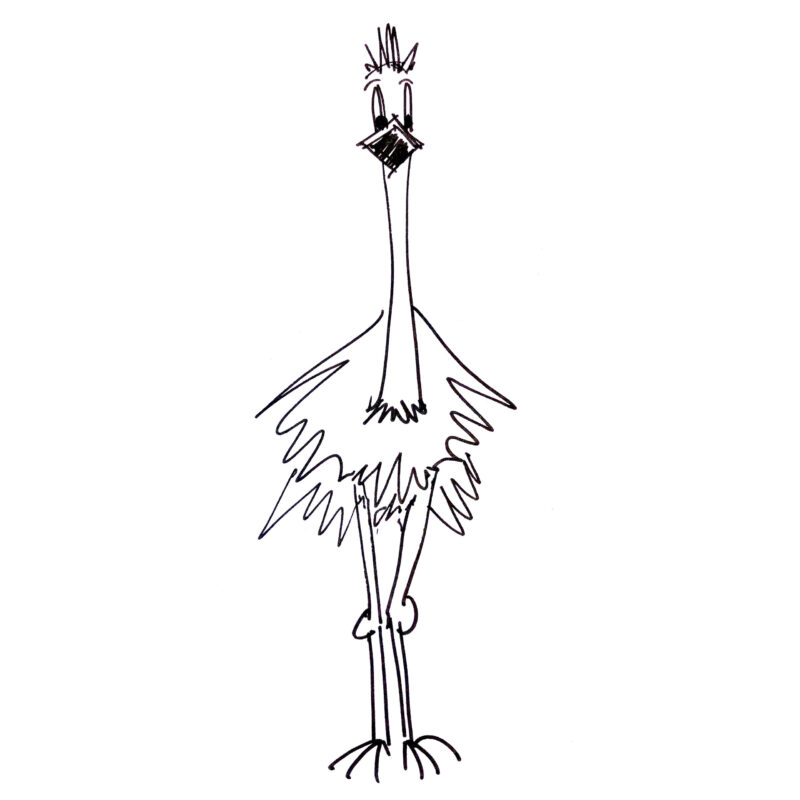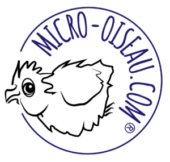#4 Choose Wisely: how to pick the right translator
In the first three translation guides, we’ve looked at how to create content in a foreign language, how to know the value of that content, and what the various translations services involved are called. Now, as a micro entrepreneur, you’re ready to find someone to help get your website copy ready for a new, international market.
So what now? How do you pick the right translator?
First thing first: matching the right translator’s skills to your copy and business goals.
Specialization is key
When it comes to picking the right translator, “specialization” is important. You need a translator who is already very familiar with what you need, so that you can be confident their translations speak directly to your target audience in a way they are most likely to engage.
For technical translations – “factual and verifiable” content highlighted in the right-hand column of my decision model in my first translation guide – this is fairly straightforward…

Need a legal translation? Find a translator specialized in law with current examples of work and good references from previous clients.
Need a medical translation? Find a translator specialized in the life sciences with certification as a medical translator.
You have the choice of translation agencies as well as freelancer translators. Quality control and proofreading is very important for these types of jobs. But, as we’ve seen in translation guide #3 Know the Difference: between translation, transcreation and copywriting, to help your website and marketing content perform well, the concept of “specialization” changes. Yes, you might need someone who has experience with your specific type of business, for example, if you produced flat pack furniture that requires home assembly, it probably won’t be good enough to simply find a translator specialized in furniture manufacture.
A furniture specialist, to use our example, may be able to translate a ‘how to put it together’ product manual perfectly, but they may not have the creative writing skills to help you with really persuasive marketing copy; whether translated (“transcreated”) or written from scratch – remember, you need to attract new customers to your website and sell your product!
And because we are focussing on marketing, you’ll also want someone who can help you with international search engine optimization (iSEO), at least with regard to the actual on-page content itself. This could include competitor analysis, keyword research, performance analysis, landing page A/B testing, and so on, all of which is more demanding than our starting point of translating your content into another language.
What to look for
So are we still looking for a “specialist”? Or more of a “jack of all trades” – someone who can do a little bit of everything? Of course, this decision is going to be affected by your budget, but, it would also help if there were one term that describes someone who provides all of these services. Unfortunately, there isn’t.
Translation terms that you should become familiar with include:
- “transcreation”, but this doesn’t explicitly include search engine optimisation techniques (SEO);
- “SEO translation”, but this doesn’t explicitly include copywriting, which you will need for your content in another language to be truly effective at driving traffic to your site;
- “iSEO”, a term that can be both too broad, in that it includes the technical/technological aspects of SEO, and too narrow, in that it doesn’t explicitly point to translation and writing skill;
- “localization”, which has both the drawbacks of “iSEO” and tends to be used more (but not exclusively) for video games and other apps and software;
- “bilingual copywriting”, which tends to imply that the person writes in both languages, but people who can truly write professional-quality content in two different languages are exceedingly rare.
If you can’t find someone with exactly all the skills you think you need, extensive experience in your specific business area isn’t essential. Or you could consider hiring another professional just to do the SEO and keyword analysis, then use their feedback to guide the work of the marketing content specialist. At minimum, though, you’ll want a content specialist (translator/copywriter) who also has experience either in your industry or with on-page iSEO.
The perfect partner
Let’s summarize the characteristics you’ll want in a translation partner you can trust with your content marketing in another language. You should pick a translator who:
- Produces content only in their native/primary language
- Specializes in content marketing
- Can both translate and write compelling copy
- Is familiar with the techniques of on-page iSEO
- Has experience with your specific industry
You can also look for higher education or other training and certification in translation, marketing, creative writing, or other related field, but there’s really no substitute for just years of relevant experience. If they can provide examples and evidence of their recent work and references from clients that’s very important as well.
Quality control
Once you’ve hired a translator, how do you know if the content they are giving you has the quality you need, especially if you aren’t fluent in the language?
Earlier, I mentioned that a translation agency can provide the quality control for you. So why not just hire an agency to localize your website? That’s certainly an option, but an agency that provides all the services you need to do correct content marketing in another language can be expensive, so they tend to serve larger businesses with larger budgets. Plus, you won’t often get to speak directly to a translator and it can be frustrating. Remember the “telephone-game” effect from my first guide?
Another option is to hire a different person to proofread and copy edit the work done by the translator. Or the translator may take responsibility for this by working with another professional in their network and include that additional cost in their invoice to you. But still, how do you know the content is high quality when it’s in a language that’s foreign to you?
For a website this is where SEO comes into play again. Is the new content drawing traffic to your site and generating quality leads? Are the keywords doing what you had hoped? You can use the free Google analytics tool to track this, thus with digital content you can take a more “agile” approach to its development. Compile these digital stats with other feedback that you are receiving across your social media platforms and uptake of printed advertising to monitor the full picture. For all these reasons (and your sanity!) it is essential for you and your translator to establish and nurture a good collaborative working relationship.

Finally,
How to pick the right translator will vary for each person, business and sector. For websites you can keep tweaking and perfecting your content until you start seeing the results you need. For printed material you have to closely monitor feedback and results. Don’t be afraid to ask your team and your clients for their views – it will always be very valuable: telling you where the problems are, as well as giving you confidence when it’s working well!
If you feel like your translator doesn’t understand what you want, chances are they don’t, and it may be time to try someone else. But, if you and your translator understand and trust each other and are working towards a common goal, the results you need should follow.
Next in our free series of translation guides:
#5 Creative Accuracy: how to translate straplines, slogans and highly creative content
Little guides. Big results.
Guide written by Grey Drane Discover the work of our translators.





